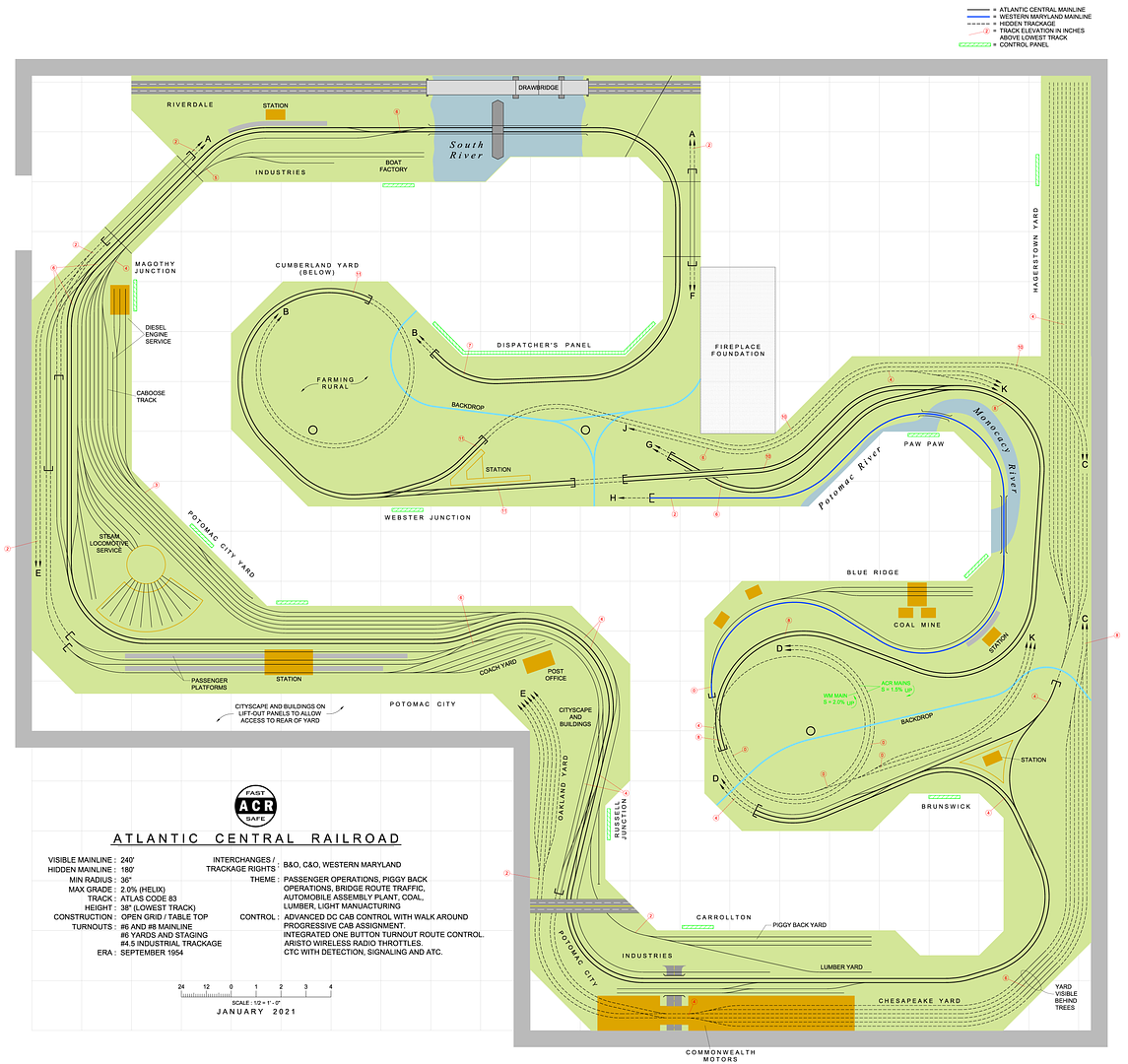I just read most of the C&O Historical Society book “Chesapeake & Ohio - Allegheny 2-6-6-6 Locomotive - A Retrospective” by Karen Parker and Thomas W Dixon Jr.
Earlier in this thread there was some discussion about how fast the Allegheny could go and did go.
This book offers some reasonably well documented information on the subject, including records from the original field tests and dynamometer car readings.
During the testing, with freight trains as heavy as 14,000 tons, loco 1608 reached speeds of at least 46 mph.
In another section of the book, a number of engineer stories, many backed up by dispatcher and tower logs, clearly indicated that even with 5,000 to 6,000 tons the Allegheny’s often reached speeds above 60 mph. And that the engineers all reported the engines to be smooth and steady at those speeds.
Several stories indicated that engineers often got messages from dispatchers and tower operators to “slow down”.
Many of these same engineers indicated the 2-10-4 T-1’s would not run above 60 mph, and that by 60 mph they would start to have noticeable agument pounding. It was also noted in the book that the T-1’s were also hard on the track, especially at a number of down grade sharp curves in particular - whereas the Allegheny’s were not.
Also, regarding troop trains during WWII, one engineer, Burks Ball, said that they regularly pulled troop, hospital, and prisoner trains of as many as 40 cars and a single Allegheny had no problem keeping the same schedule as the regular passenger trains… with many of those 40 cars being heavyweight sleepers.
For those not familiar, 40 heavyweight passengers cars is something in the neighborhood of 4,000 tons.
I think it is clear that the Allegheny was a fast and powerfull locomotive, (and possibly the best balance of highest power, good speed, and high tonage abilty) just like the N&W Class A, and that the C&O often used them more for the

